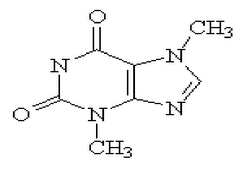Actually, no: sponges (or Porifera, if you want to sound erudite to people who know less biology than you do, and pretentious to those who know more) have no nervous system. But according to an article published in today's PLoS (and reported by the CBC), they have the genetics to build crucial components of a synapse. Moreover, those components and the way they interact have been strongly conserved through evolutionary history -- they are found in common across a range of animals: sponges, cnidarians, fruit flies and humans. This means that the genes were probably already present in the common ancestor of all those groups (which is to say: most of the animal kingdom -- before the proto/deutero split, even before bilateral symmetry). From my layman's skimming of the article, it's not too clear what the sponge does with these structures, though from the fact that the relevant genes are expressed in the outer layers of the larval sponge (see Figure 3 and "Discussion"), I gather they have some sort of sensory function.
This is way cool for the glimpse it gives us of deep evolutionary history. But aside from that, it shows (again!) that, contra IDists, the pieces of a complex and integrated biological system can have useful functions on their own, and later be incorporated into something bigger. Hopefully, one of the science bloggers or ScienceBloggers will be along presently to give us a commentary that's a little dumbed-down from the PLoS paper, but more informative than the general media.
(BTW: while most of the authors are at UC Santa Barbara, I notice that one of them, Bernard M. Degnan, is from Wilkins' neighbourhood.)
Update: Ask and ye shall receive -- PZ Myers delivers the goods.
Wednesday, June 6, 2007
Subscribe to:
Post Comments (Atom)




No comments:
Post a Comment